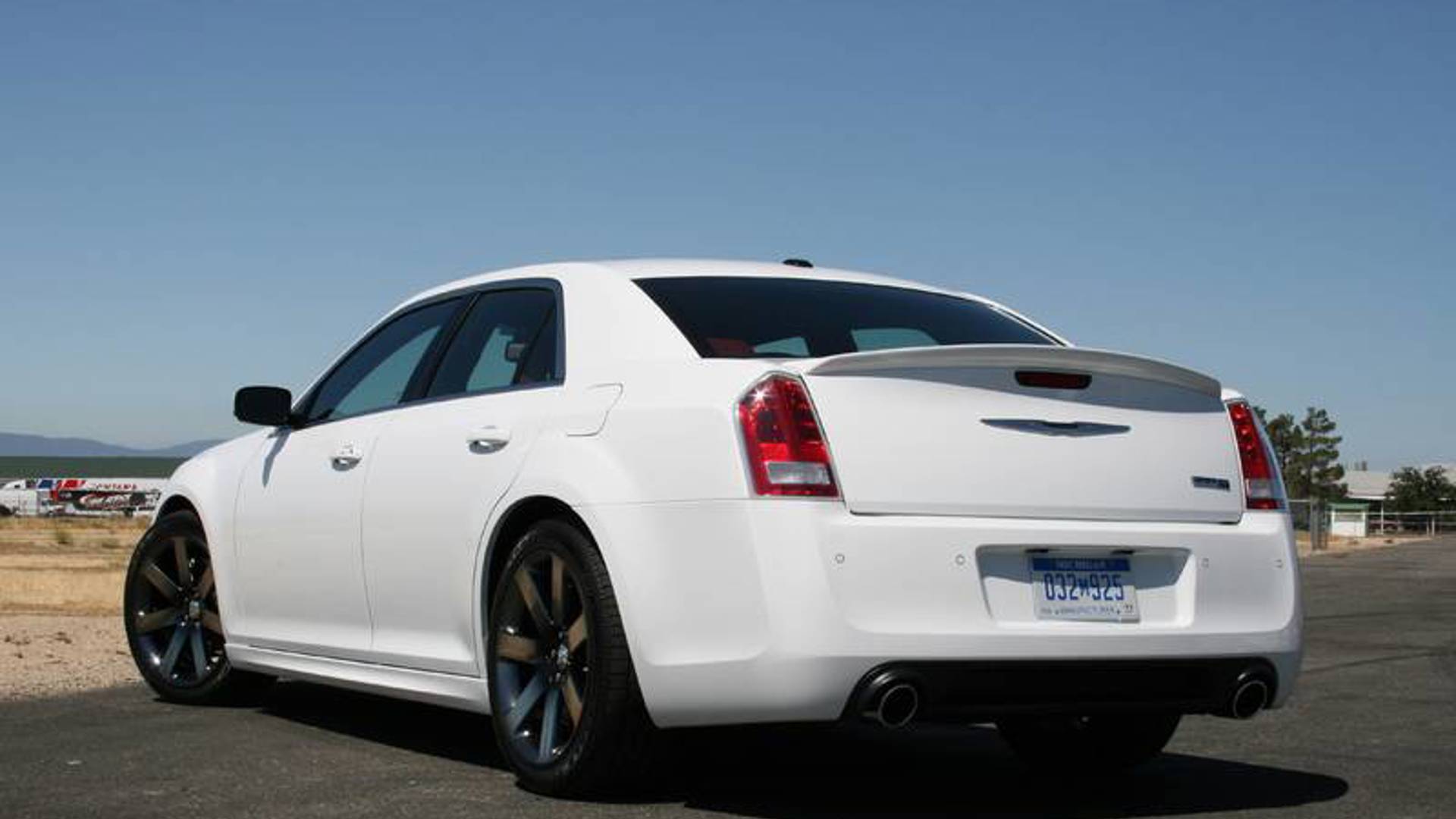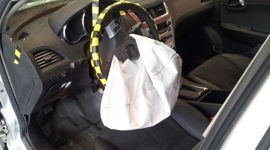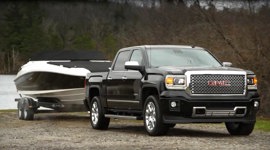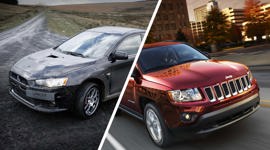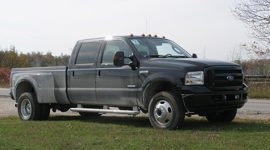Models: Chrysler 300 SRT8, Dodge Magnum SRT8, Dodge Charger SRT8, Dodge Challenger SRT8, Jeep Grand Cherokee SRT8
Let’s group these all together, shall we? The Chrysler, Dodge and Jeep SRT8 models are all unique in various ways, but similar in even more. Each has standard big-ass HEMI power, with no less than 425 horses. Each has Brembo brakes, a track-tuned suspension, go-fast cosmetic upgrades dispatched with varying degrees of subtlety, and capability to challenge the world’s foremost go-fast competitors on a relative budget.
Best of all, used copies of numerous SRT8 models are available these days for very reasonable money, each looks like a solid and durable performer, and a variety of fairly infrequently reported issues should all be easy to detect and address.
Feature content across the various SRT8 models included premium audio system upgrades, wood trim, rare leathers, xenon lighting, climate-controlled seats, navigation, Bluetooth, a sunroof, memory seating, a heated steering wheel, and plenty more.
The SRT8
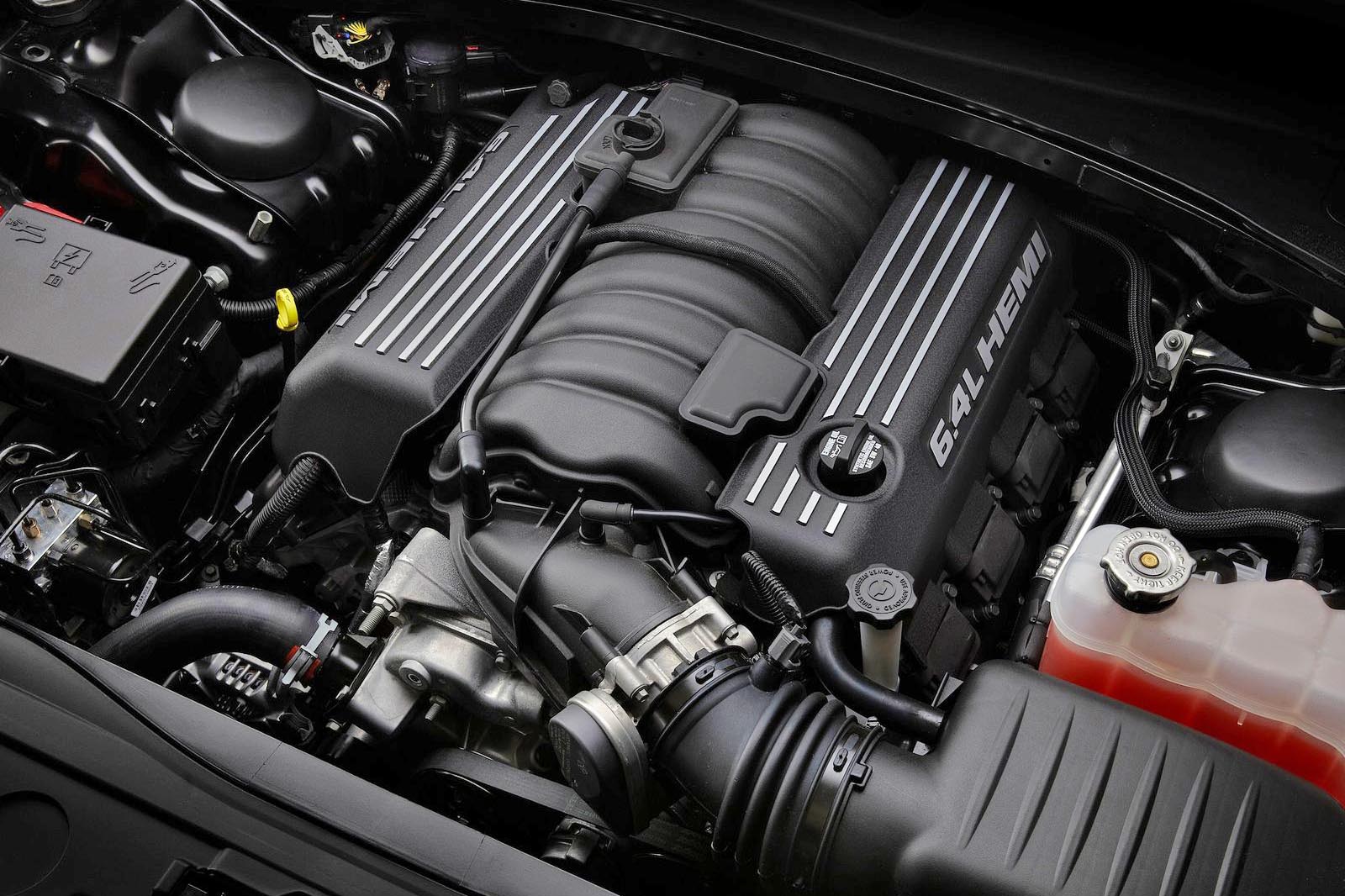
First-generation SRT8 models were all propelled by a 6.1L, SRT-tuned V8 engine, with 425 rip-snorting horsepower. Expect crushing torque output, and a crushing blow to your wallet at the pumps, if you can’t keep your boot away from the carpet (good luck!).
Second-generation units received a revised SRT HEMI engine, with 470 horsepower and several fuel-saving improvements.
Note that all units got an automatic transmission with manual mode, other than the Challenger, which was available with a six-speed stick. Also note that all models were rear-wheel drive, except for the All Wheel Drive (AWD) Grand Cherokee SRT8, and that there was no second-generation Magnum SRT8, which is unfortunate.
The Gist
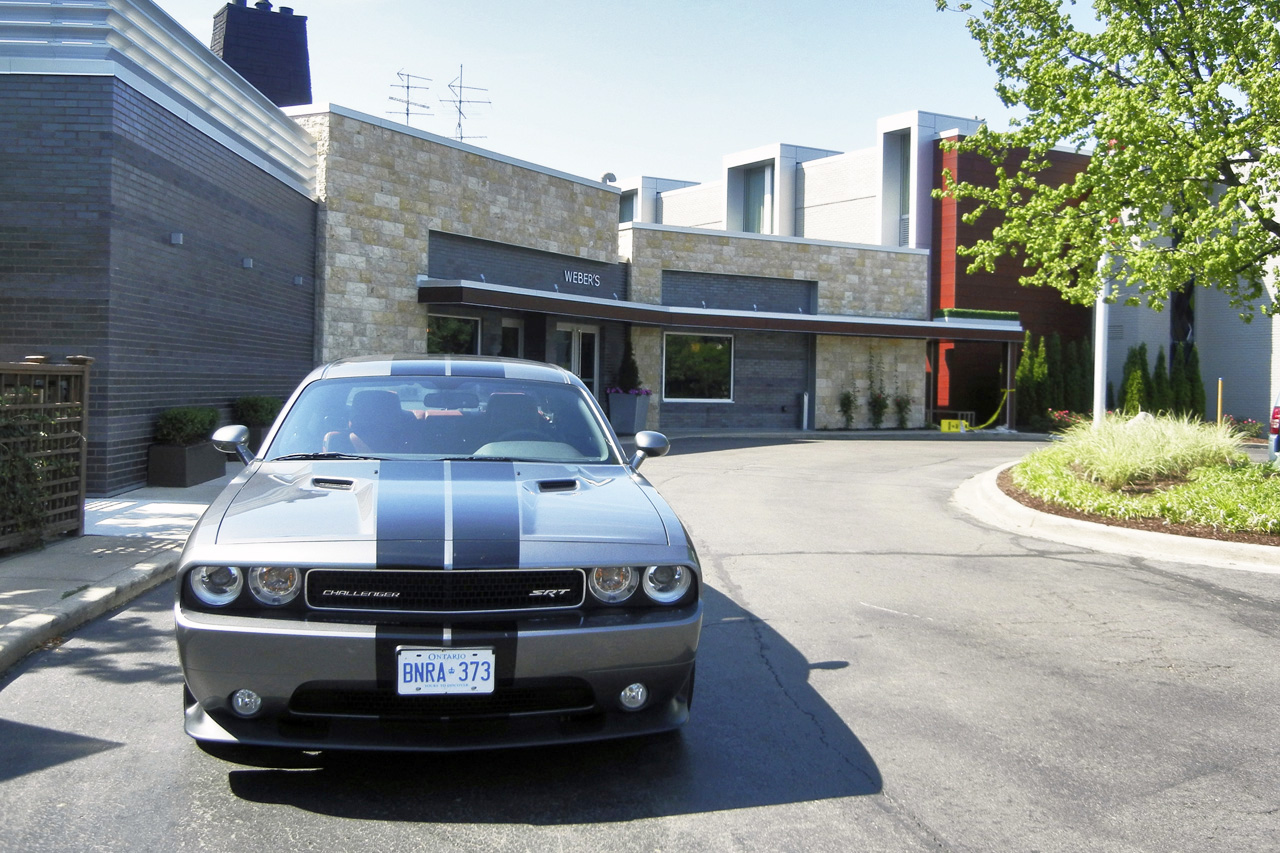
Commonly reported owner raves across the entire SRT8 family include the performance and sound of each model, a relatively roomy cabin, and a pleasing blend of performance, styling and feature content for the money. Grand Cherokee SRT8 owners enjoy the added all-season confidence of the capable AWD system, and Challenger SRT8 owners often report generous-for-a-coupe rear seating accommodations. Owners of the 300 SRT8 also love the machine’s looks, which fly under the radar as the most discreetly-upgraded SRT8 model, and one that doesn’t attract a huge amount of attention.
On the other hand, Magnum and Challenger SRT8 owners often wish for more rearward visibility, and virtually all owners wish for better fuel mileage. The latter is a virtually standard complaint of any vehicle with a great big V8, where real-world fuel economy doesn't often reach their official-but-still-thirsty government-rated consumption numbers.
The Test Drive

Let’s start with some general tips applicable to all used SRT8 models, and then get into some specifics.
First, as a general rule, approach any used SRT8 under the assumption that the seller is trying to pass off a worn-out set of tires and brakes, and a worn clutch (Challenger only). Inspect all of these consumable components, or have a mechanic assess them, to confirm otherwise before proceeding. Tires and brakes are pricey on high-performance models like these.
Second, work with the seller and a local dealer to arrange a pre-purchase inspection of the vehicle you’re considering, if you short-list it for consideration. A dealer technician can quickly and affordably give the vehicle a once-over to confirm that no trouble signs are present in any system. A pre-purchase inspection should take about an hour, and typically costs under $125.
Third, note that any funny-business from the transmission may be the result of corrupted programming, or an issue with the transmission’s computer brain. A bad sensor may also cause issues. Any slippage, hard shifting or hesitation to shift noted on your test drive should be taken as cause for further investigation. A transmission reprogramming, and uploading of the latest software updates into the transmission’s computer brain, are a solution to numerous problems relating to driveability. Here’s some more reading.
Similarly, funny-business from the engine, like a fluctuating idle or sporadic power delivery, is likely sensor-related in nature. Many an SRT8 owner has had luck fixing issues like these with a new throttle position sensor (TPS).
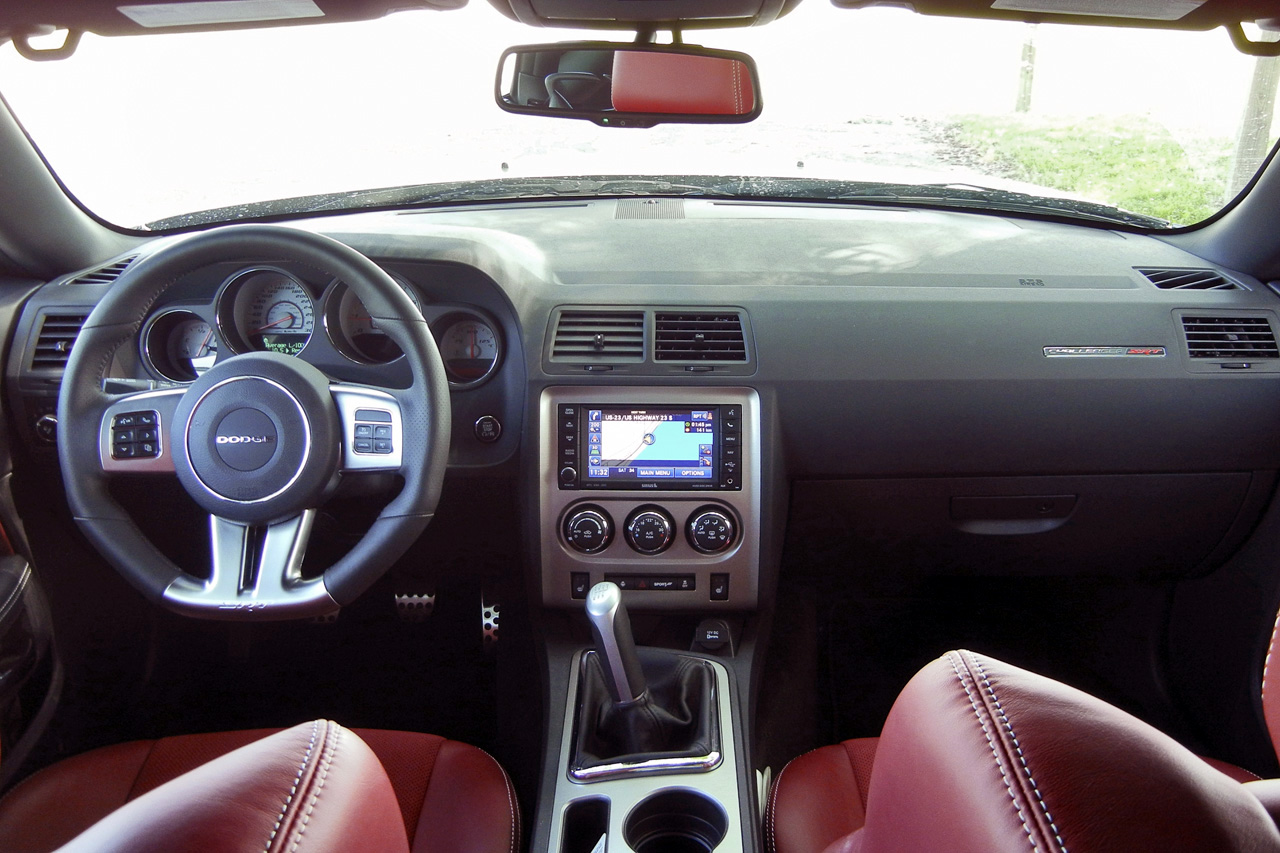
Fourth, double-check for proper operation of the UConnect system, if equipped, setting a navigation destination, placing a call via Bluetooth, cycling through various media sources, and the like. Check that the heated and chilled seats work on both settings, that the remote trunk release is functioning properly, and that the backup camera is working, too. Double check for proper operation of all steering-wheel mounted controls as well.
Fifth, avoid a modified model where possible—especially if it’s a newer one, with remaining warranty. Poorly installed modifications, or parts of low quality, can cause headaches and void your warranty, if applicable. Non-factory engine and transmission management software, or forced induction provisions, even moreso.
Sixth, and this is a big one, be sure to have the vehicle’s driveshaft, axles, rear differential, and rear subframe mounting points inspected for integrity, as some owners have reported problems with driveshaft failure, axle failure, and cracked or torn rear subframes, which can be a safety issue. Or leave you on the side of the road or drag-strip unable to move, which makes you look like a sucker.
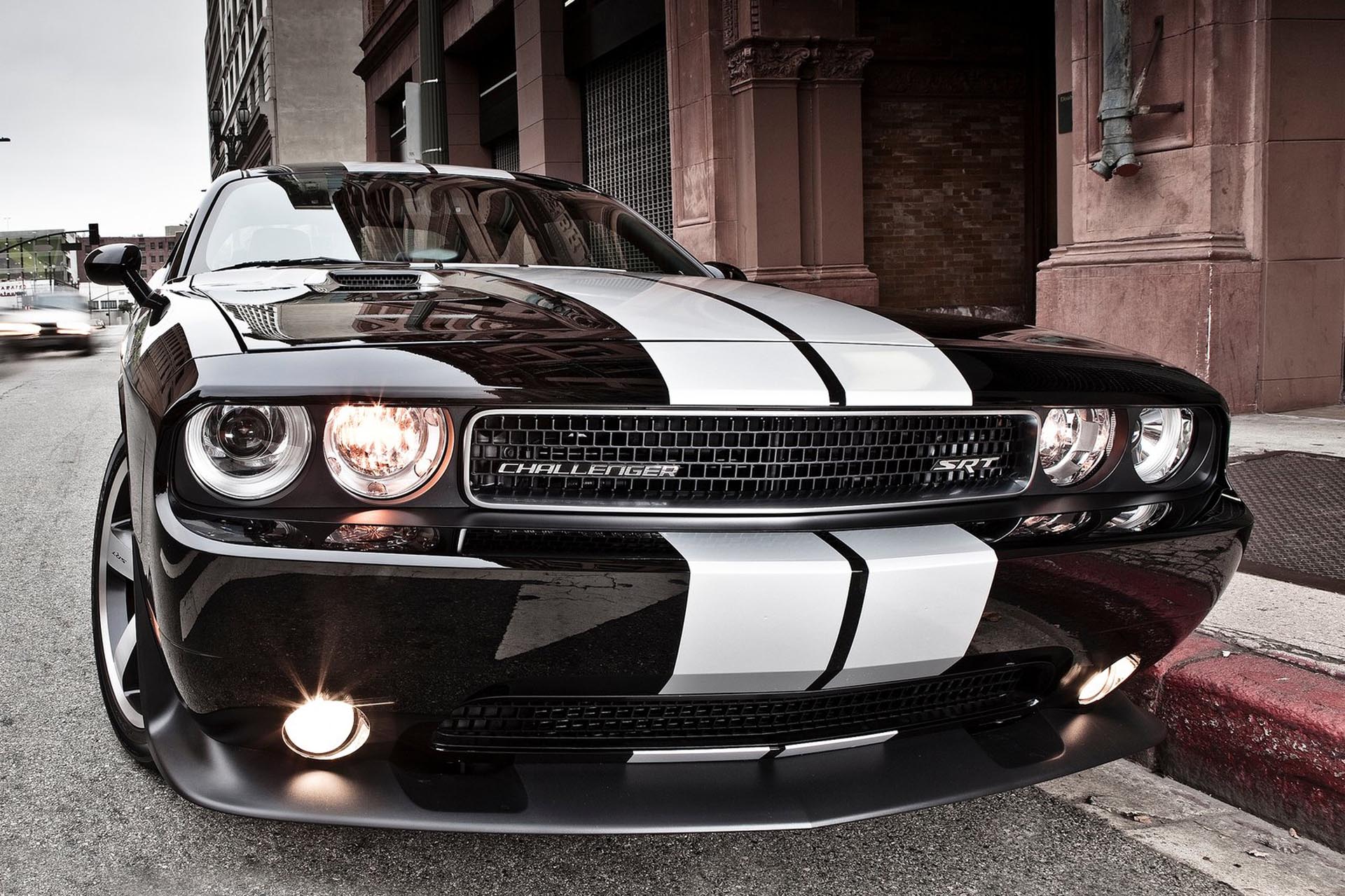
Here’s some more reading, and note that it looks like these issues affect mainly first-generation models. Even more reading here. These issues look to be considerably more common on models that are running higher-than-factory horsepower output levels, or models that have been frequently used in a motorsports setting.
Seventh, be aware that frequent changing of all fluids, not just the superstar fluids like engine oil and transmission fluid, can help keep your SRT8 ticking reliably for years to come. Consider having the brake fluid, power steering fluid, engine coolant, differential fluid, and all others checked and changed, especially if the service history of the model you’re considering can’t be confirmed. Adhering to factory-prescribed fluid change intervals is vital to long component life and maximum durability.
Now, let’s get to some model-specific checks.
Grand Cherokee SRT8
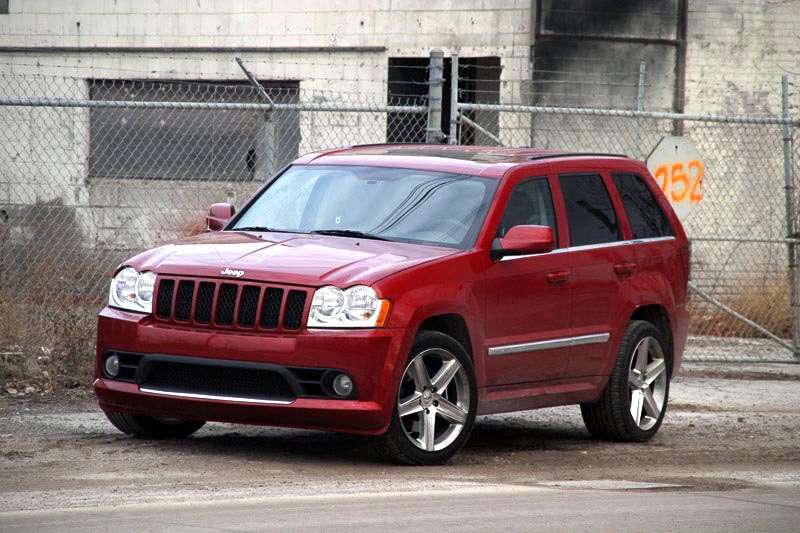
In addition to the above checks, have a mechanic inspect any unit for signs of leakage from the transfer case, which will need to be addressed. Test-drivers should check for the presence of unwelcome ‘groaning’ or ‘grinding’ sounds from the rear of the vehicle during turning at a low speed in a tight circle, which could indicate a worn-out or damaged rear differential. Finally, some owners have reported oil leaks, caused by an oil filter that comes loose, or less commonly, by a leaky valve cover gasket. Here’s some more useful reading to browse in advance of purchasing a used Grand Cherokee SRT8.
Challenger SRT8
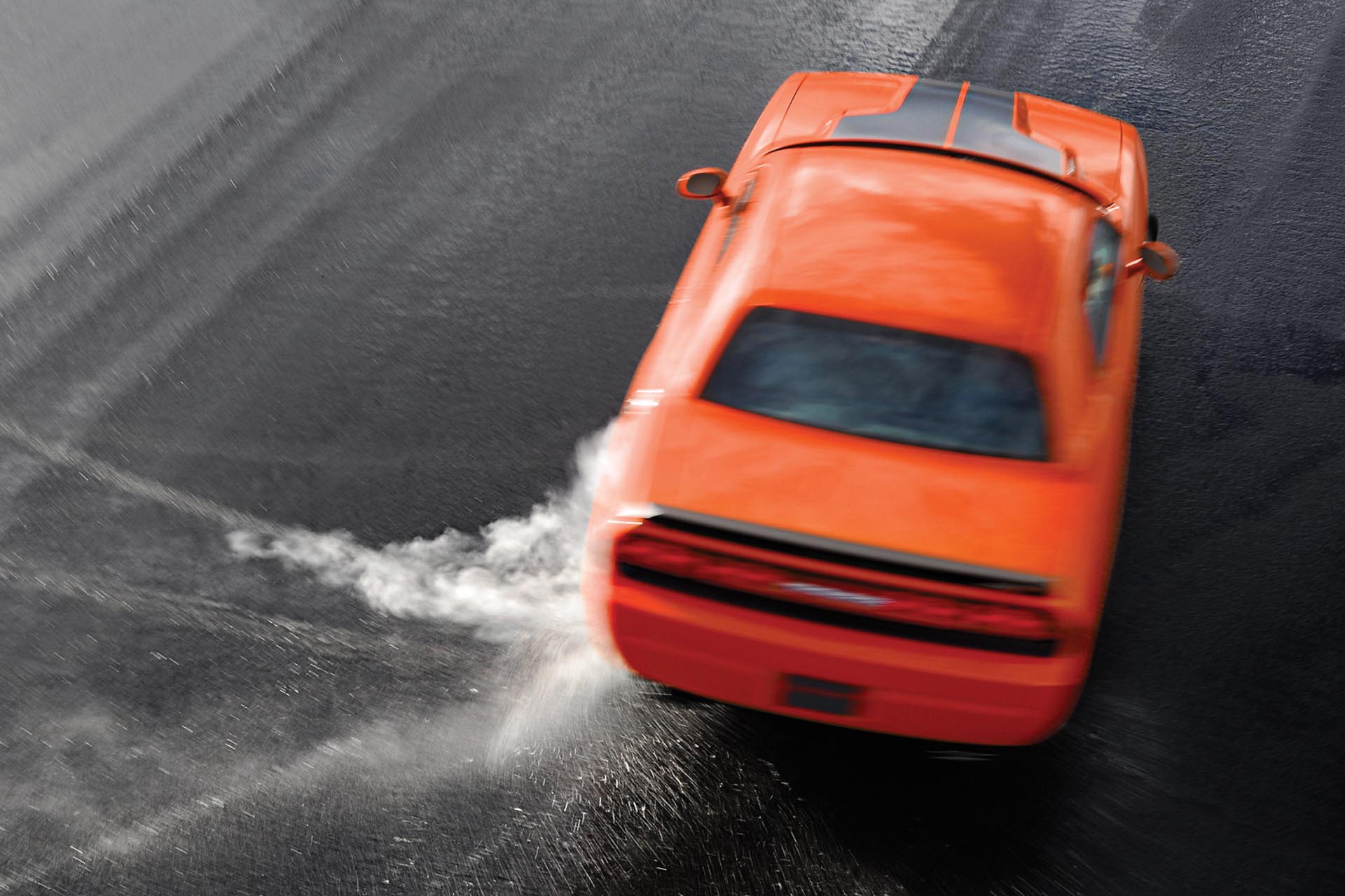
Most of the Challenger SRT8 specific checks relate to its body and construction, with owners advised to check for signs of cracked rocker panel mouldings or saggy ceiling liners. All weather seals around the Challenger’s frameless doors should be inspected as well. Weather seals should be intact, plump and fresh, not missing, damaged, dried up or cracked. Check the seats for signs of excessive wear, too, especially relating to damaged or loose stitching.
300 and Charger SRT8
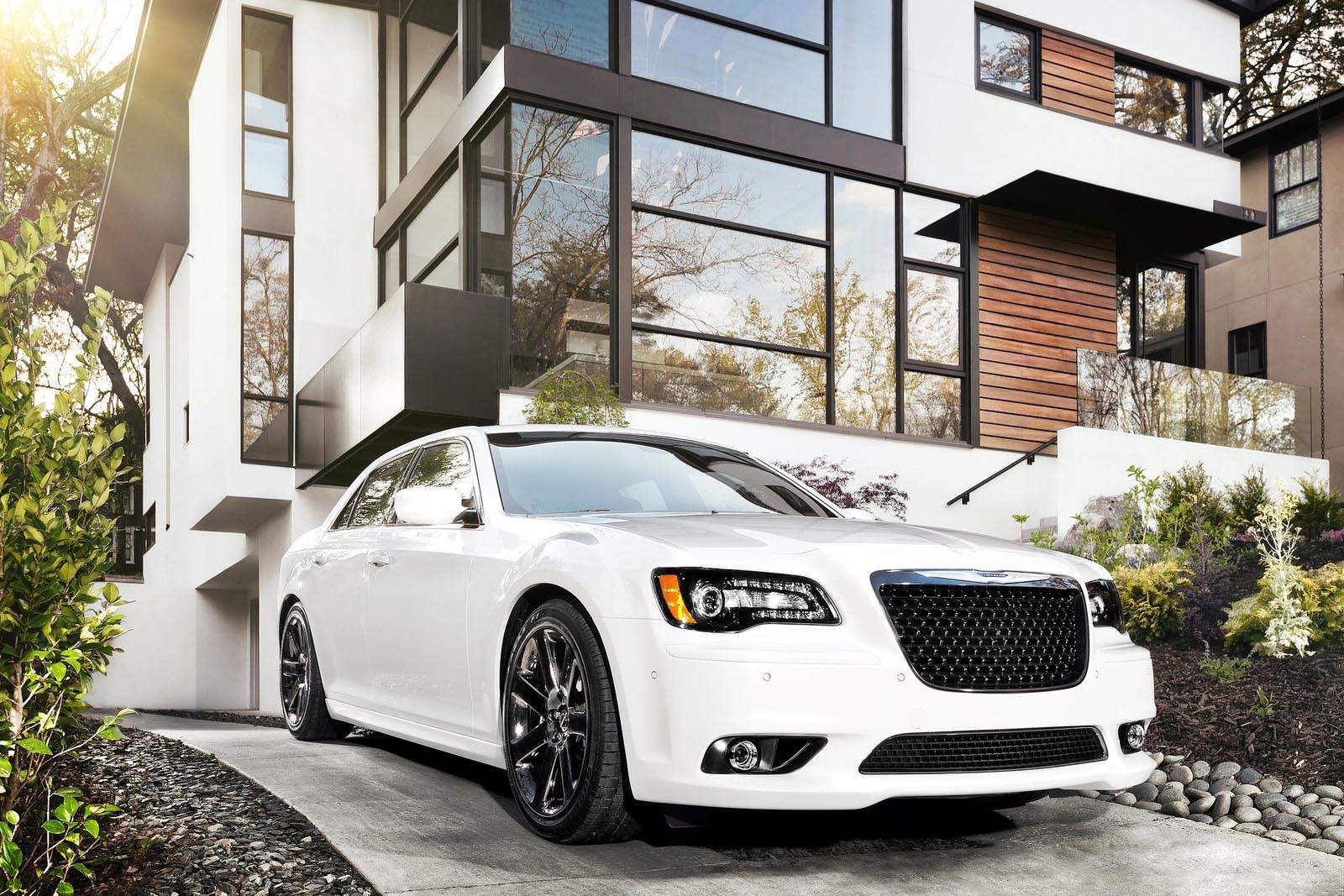
In addition to the standard checks above, think ‘feature content’ when test-driving a potential 300 or Charger SRT8 candidate. As these models added numerous feature content touches over the years, so shoppers are advised to ensure proper operation of the lighting system, climate control, stereo, navigation, drive-mode selector system (if equipped), heated and chilled seats and cupholders, and push-button start.
The Verdict
By and large, the SRT8 owner’s community reports durable and worry-free performance from their machines, especially when those machines are kept stock and properly maintained. A pre-purchase inspection at a Chrysler dealer, focusing largely on the underside of the vehicle, and service records proving that all maintenance requirements have been met consistently, are ideal for peace of mind.
